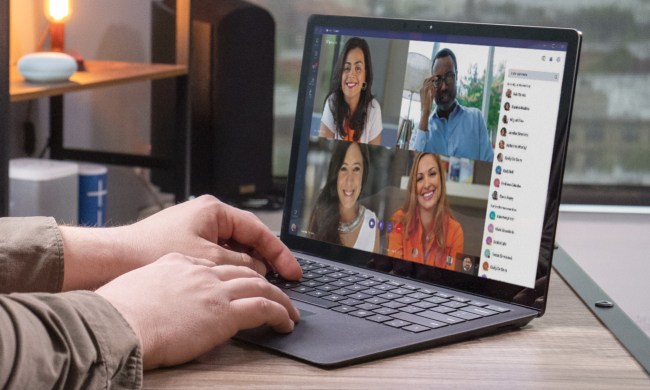
Given how crucial some web services are to our lives, it’s a matter of increasing concern that they’re all run by companies with agendas and goals. One of those is invariably making money, so it’s not too surprising when we occasionally see governments and regulatory bodies clamp down on internet giants for anti-competitive or shady practices. In the case of Gizmodo writer Kashmir Hill, it was not the government but Google that cracked down.
Hill was writing for Forbes back in 2011 when Google+ was launched, and Google was keen to make it a major part of the web, encouraging websites to offer comment links on content as they do for Facebook and Reddit. According to Hill, Google staffers asserted that if sites like Forbes didn’t do that, their search engine rankings could suffer.
When Hill reported on this, pointing out the clear conflict of interest involved, Google wasn’t happy. She claims that the search giant demanded she take the story down. While Google didn’t claim it was fake news, it did state that the meeting had been confidential.
Hill claims she wasn’t aware of an NDA, nor had she signed any form of non-disclosure agreement. Oddly enough, she suggests that at that time, Forbes didn’t have a traditional editorial team, so the onus to take the article down, or indeed, to keep it up, was on her.
Under pressure from Forbes staff and Google, she took it down, something she still regrets to this day.
But that wasn’t to be the end of the story. Cached versions of her report still existed after she removed the original story, but those copies quickly disappeared. It appeared that Google had removed those cached versions, Hill speculated — or at least made them much harder to find.
While Google claims that it was Forbes that removed the story, Hill doubts the technical know how to do so existed at the site at that time, pointing out that more recently removed articles can still be found in search results.
After Gizmodo published the story, Google escalated its replied to Hill’s story: Vice president of global communications Rob Shilkin emailed her to reassert that the meeting was under NDA, and therefore the article simply shouldn’t have been online. As for the caching issue, he argue definitively that the company had not altered search records and never would.
“It’s trivial for a website owner to request its cache to be cleared (see here). I assume this is what happened because we had nothing to do with removing the article from the cache. I hope our team has enough credibility, among those who work with us, that you know that we couldn’t and wouldn’t engage in this type of behavior – never have, never will.”
This story comes to light as Google is in the spotlight again for possibly leaning on an organization to fire someone who was critical of the search giant. If confirmed, this would only raise additional questions about the overwhelming influence of some of the internet’s biggest corporations.
Updated with a reply from Google vice president Rob Shilkin.



